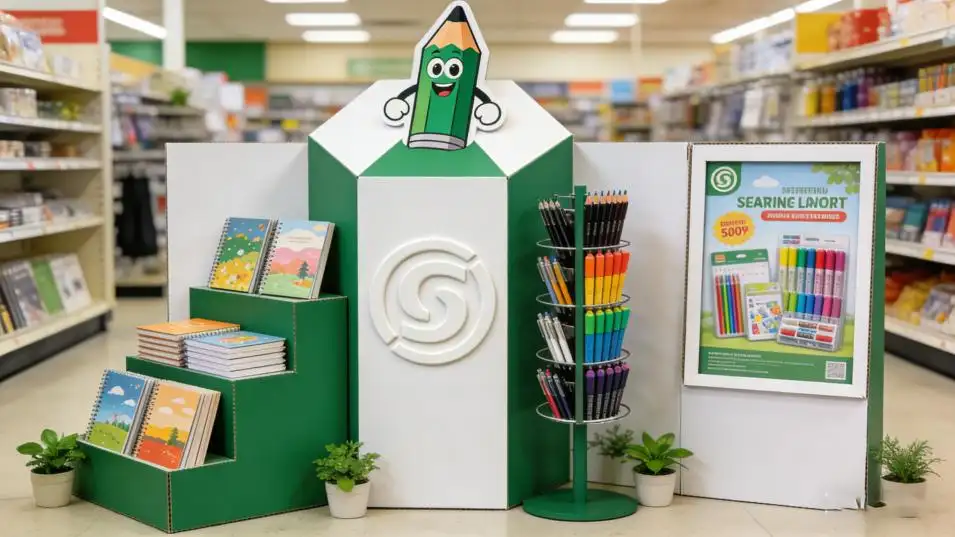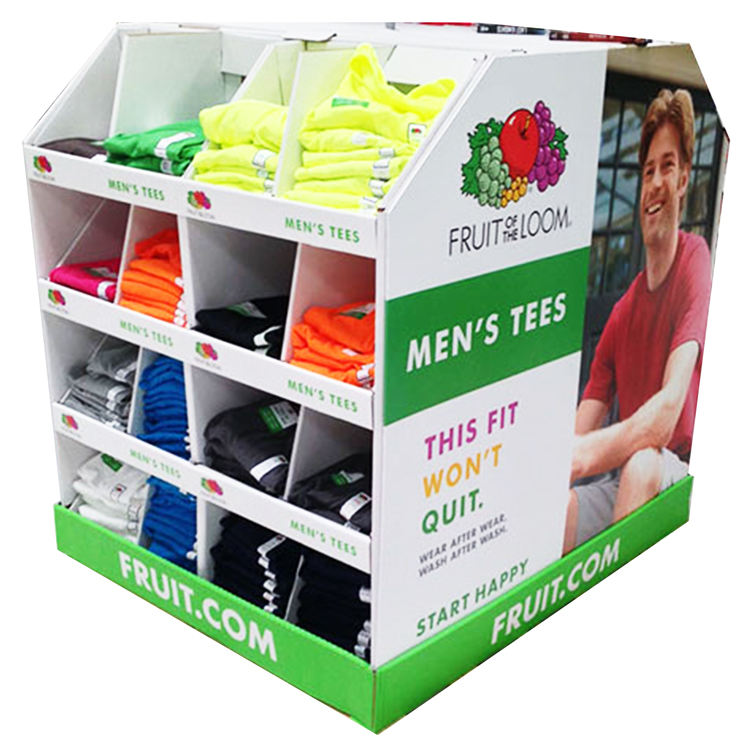Choosing a display is tough. The wrong one hides your product, hurting sales. Let's find the perfect cardboard display to make your product impossible to ignore.
The best display depends on your product's size, weight, and your retail goal. Use floor displays for high traffic, counter displays for impulse buys at checkout, and pallet displays for bulk sales or big-box stores. Each has unique strengths to maximize your product's impact.
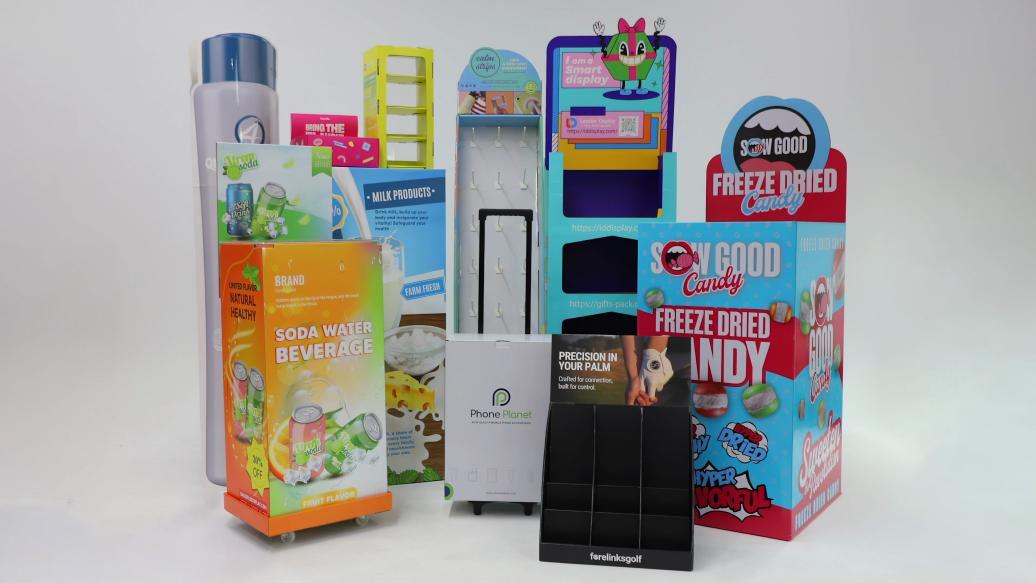
So, you have a basic idea. But that's just the surface. Picking the right one means diving into the details. What makes a floor display successful? When is a counter display a waste of money? To really make the right choice for your brand, you need to understand the pros and cons of each option. Let's break it down together.
When Should I Choose a Floor Display for My Product?
Is your product getting lost on crowded shelves? Customers might just walk past it. A cardboard floor display can create a standalone showcase to demand attention and drive sales.
Choose a floor display for new product launches, seasonal promotions, or when you want to dominate a high-traffic aisle. They're perfect for medium-to-large products or for holding multiple smaller items. They create a strong brand presence away from the main shelf, encouraging customer engagement.
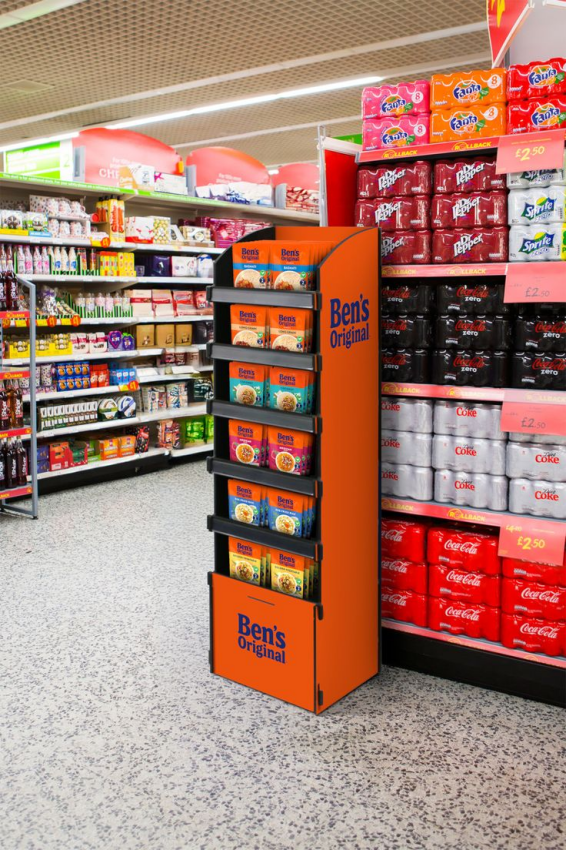
Making a floor display work is about more than just its size. You need to think about the entire customer journey. Over my 16 years in this business, I’ve seen that success comes down to a few key things. First, the structural design is critical. I've seen brands make the mistake of designing a display that's too weak for their product's weight, or too complex for store staff to assemble. The best designs are both strong and simple. Second, consider the graphic real estate. Floor displays offer a huge canvas. Use it to tell your brand story, not just show your logo and product. Finally, think about placement. A great display in a dead corner of the store is useless. We always advise our clients to talk to retailers about placing it on an endcap or near related products. It's a balance of design, strength, and strategy.
| Feature | Best For | Key Consideration |
|---|---|---|
| Visibility | New launches, promotions | Must stand out in a busy aisle |
| Capacity | Multiple SKUs, larger items | Structure must support the total weight |
| Branding | Telling a brand story | Graphics should be bold and clear |
Is a Counter Display the Right Choice for Impulse Buys?
Have a perfect impulse-buy product? If it's not at the checkout, you're losing easy sales. A counter display puts your item right where customers are already waiting to pay.
Yes, counter displays are perfect for driving impulse buys. They work best for small, lightweight, and often lower-priced items placed near the cash register. Think lip balms, snacks, or gift cards. Their prime location captures shoppers' attention during their final moments in the store.
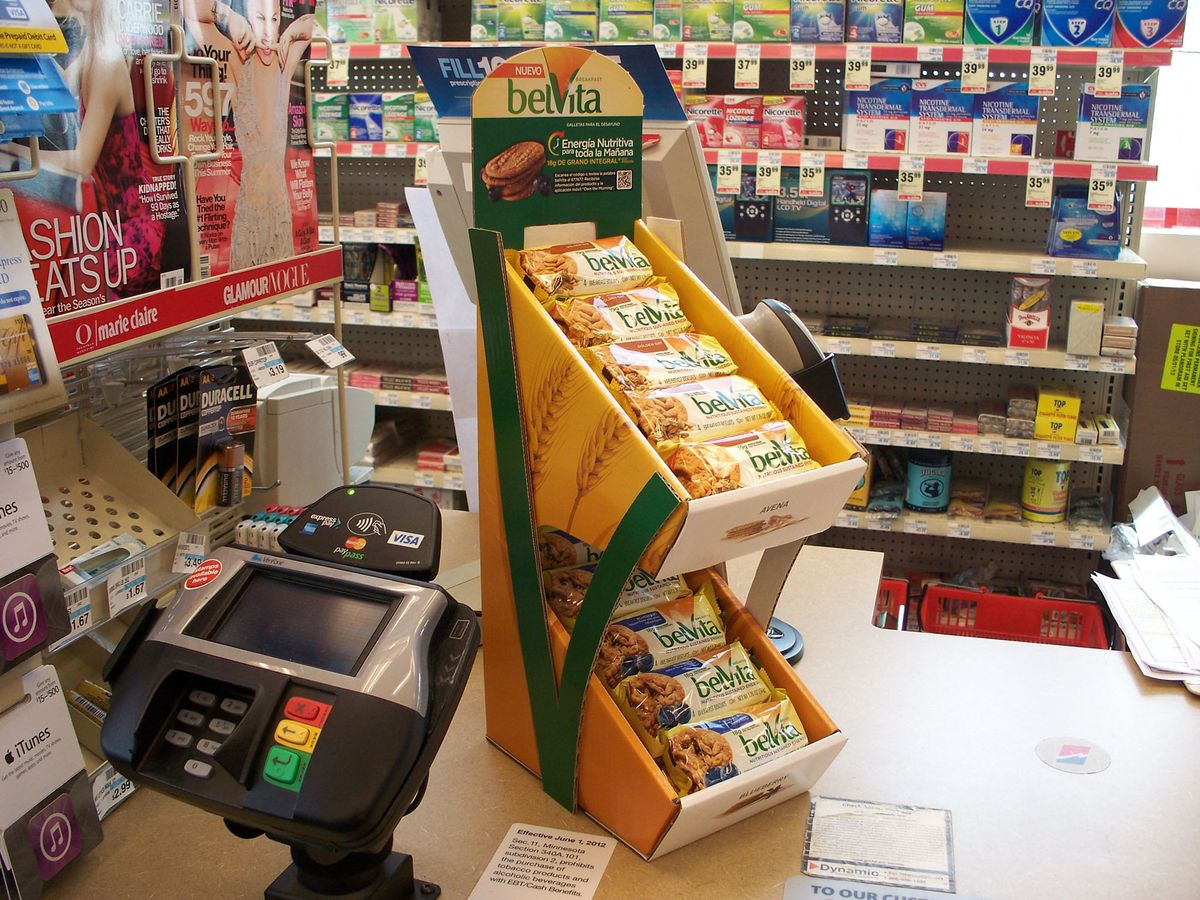
I once worked with a candy client. They had a great product, but sales were flat. We designed a simple, tiny counter display that took up almost no space. Sales tripled in the first month because it was right there, at the checkout. The key is to make it as easy as possible for both the retailer and the customer. The design must be compact. Counter space is prime real estate, and retailers won't give you much. Your display has to be efficient. The call to action must be clear and urgent. Use words like "Grab one now!" or "The perfect last-minute treat!". Finally, the product itself should be simple. Buyers at the checkout don't have time to read a long list of features. They need to understand what your product is and want it in just a few seconds.
| Aspect | Success Factor | Common Mistake |
|---|---|---|
| Size | Compact and space-efficient | Too large, gets rejected by retailers |
| Messaging | Simple, urgent call-to-action | Too much text, confusing message |
| Product | Small, low-cost, easy to grab | Complex items requiring explanation |
When Does a Pallet Display Make the Most Sense?
Need to move a massive amount of product in a big-box store? Stocking shelves one by one is slow and inefficient. A pallet display ships ready-to-go for maximum impact.
A pallet display makes sense for high-volume sales in large format stores like Costco or Walmart. They are shipped pre-loaded with product and placed directly on the sales floor. This minimizes in-store labor and creates a massive, attention-grabbing billboard for your product, perfect for bulk promotions.
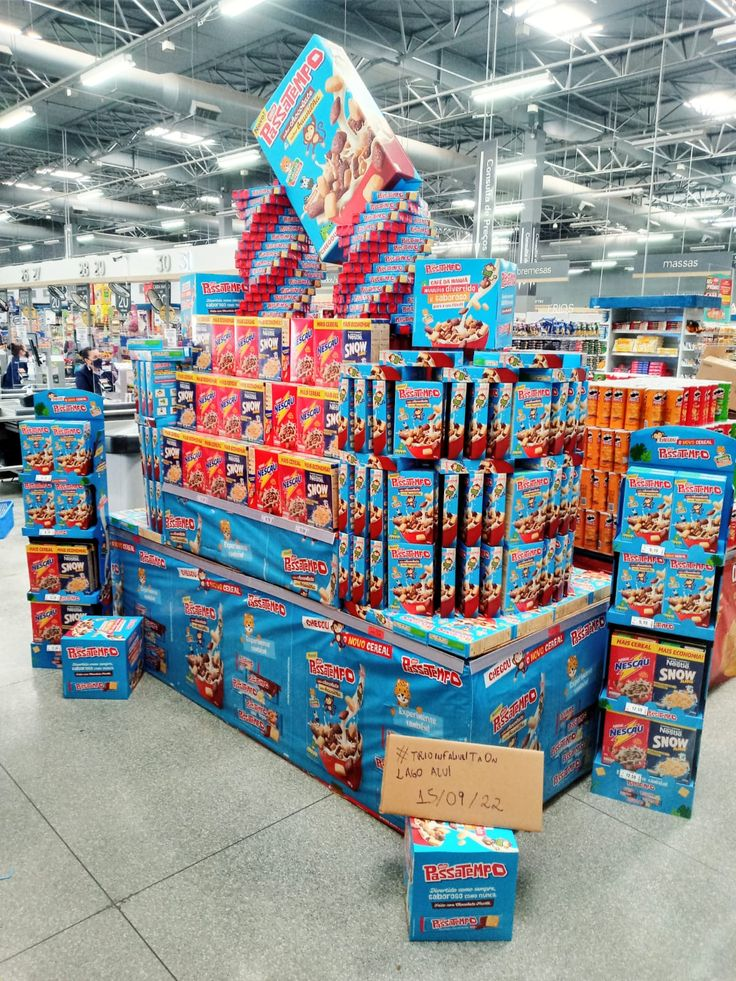
I remember working with a beverage company for a big summer promotion. They wanted to get into a major warehouse club. The only way was a pallet display. The challenge wasn't just making it look good; it was about logistical efficiency. The display had to survive shipping across the country, fully loaded, and arrive looking perfect. We spent weeks perfecting the internal structure. This is where experience really matters. A pallet display's success hinges on three things. First, structural integrity. It must be incredibly strong. Second, retailer compliance. Each big-box chain has its own strict rulebook for pallet dimensions and safety. You must design to their exact specifications. Third, shopability. Customers must be able to easily take the product from all sides of the display without it becoming unstable or messy.
| Factor | Why It's Critical | My Advice |
|---|---|---|
| Structural Strength | Must support heavy product weight during shipping and in-store. | Over-engineer it. Test with the real product weight. |
| Retailer Rules | Big-box stores have strict size and safety guidelines. | Get the retailer's latest spec sheet before you start designing. |
| 360° Access | Customers shop from all sides in large aisles. | Design it to be shoppable and visually appealing from every angle. |
Conclusion
Choosing between floor, counter, or pallet displays depends on your product, goals, and store. Pick wisely to boost visibility, drive sales, and make your brand stand out.



